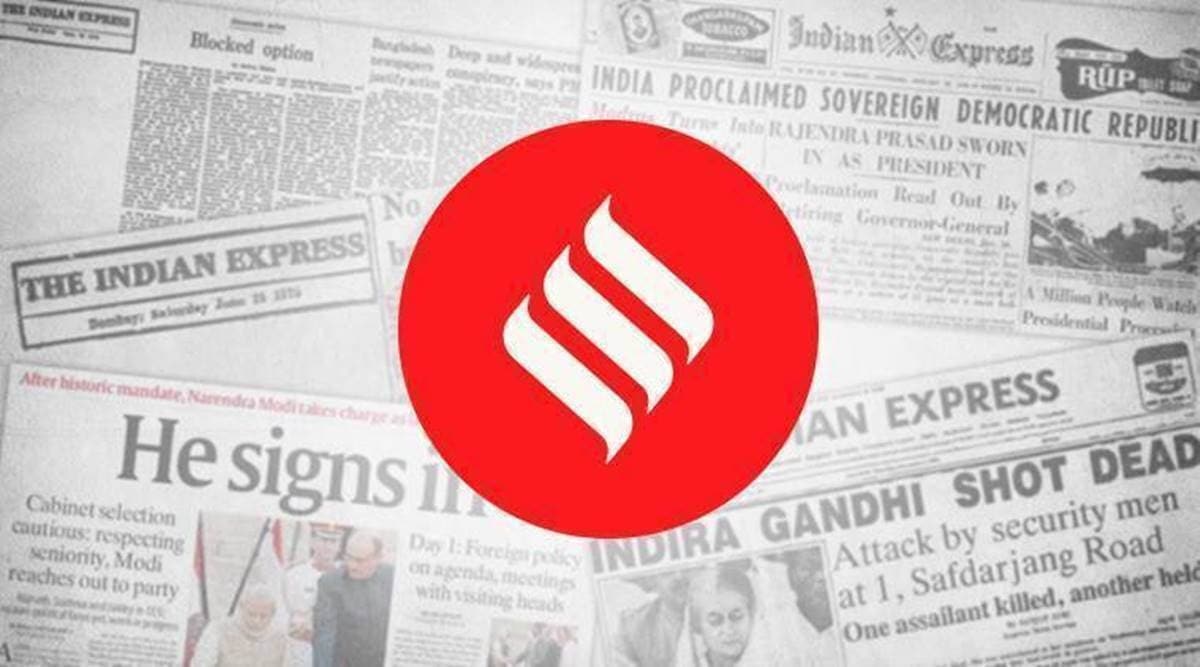 While there were expectations in some quarters that this meeting would mark an explicit pivot towards policy normalisation, beginning with a hike in the reverse repo rate, this was not to be.
While there were expectations in some quarters that this meeting would mark an explicit pivot towards policy normalisation, beginning with a hike in the reverse repo rate, this was not to be. In its last meeting of the ongoing financial year, the monetary policy committee (MPC) of the Reserve Bank of India (RBI) chose once again to maintain the status quo on interest rates, while retaining the accommodative stance. While there were expectations in some quarters that this meeting would mark an explicit pivot towards policy normalisation, beginning with a hike in the reverse repo rate, this was not to be. The policy statement continued to attach primacy to growth considerations while downplaying inflationary pressures. However, the indication of a delay in the normalisation process had a calming influence on bond markets that have been perturbed by the higher government borrowing numbers detailed in the Union budget — the 10-year G-sec yield fell by around seven basis points.
This policy stance stems from an evolving view on inflation and growth. While retail inflation, as measured by the consumer price index, has remained close to the upper limit of the inflation targeting framework, the RBI sees it peaking in the fourth quarter of this year, and moderating thereafter. The central bank has lowered its outlook on inflation to 4.5 per cent for the next fiscal year, down from 5.3 per cent this year. This creates the space for the MPC to maintain the status quo on rates, and continue with the accommodative stance “as long as necessary” to ensure a durable and broad-based recovery. However, this inflation projection downplays the risks to inflation, stemming especially from fuel prices, and global commodities. Crude prices have jumped to around $90 per barrel from an average of $74.3 in December last year. There is also the possibility of another round of tariff hikes by telecom operators to contend with. Though the RBI did announce some steps on liquidity management, there was no clear information or timelines provided on unwinding durable liquidity. This is a matter of concern as delaying the normalisation process only increases the chances of sharper adjustments being required down the line if inflation surprises on the upside.
On the growth front, the central bank’s assessment appears to be less optimistic than the expectations of both the International Monetary Fund and the Economic Survey. The RBI expects the economic growth to slow down to 7.8 per cent in 2022-23, down from 9.2 per cent in the ongoing financial year. In comparison, the IMF has pegged growth at 9 per cent next year, while the Economic Survey expects it to range between 8-8.5 per cent. It is also worrying that as per the RBI’s own estimates, growth in the first half of next year will remain elevated, driven by the base effect, but dip sharply thereafter to 4.3-4.5 per cent in the second half of the year. This forecast underlines continuing concerns over India’s growth trajectory.
- The Indian Express website has been rated GREEN for its credibility and trustworthiness by Newsguard, a global service that rates news sources for their journalistic standards.

